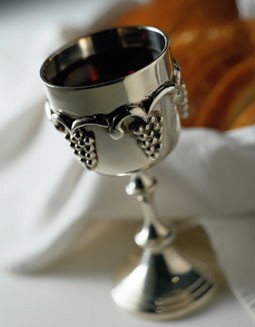The Catholic Church has a structured hierarchy with various roles, each with specific duties and responsibilities. Among these are priests, monks, and friars. While the terms are sometimes used interchangeably, they represent distinct paths within the Church. This article will focus on elucidating “What Is A Friar,” differentiating them from other religious figures and highlighting their unique contributions.
A priest in the Catholic Church is ordained to perform sacraments, including celebrating Mass, hearing confessions, and administering other sacraments. They operate “in persona Christi” (in the person of Christ) and engage in pastoral ministry and administration. Priests can be connected to a diocese (diocesan priests), a religious order, or a monastic house. All priests vow obedience to their superiors: diocesan priests to their bishop and religious priests to their provincial. Unlike religious priests, diocesan priests don’t take vows of poverty and can own property.
Priests who belong to a religious order, such as Franciscans or Dominicans, or a monastic community like the Benedictines or Cistercians, take vows of poverty. This means they surrender any income generated through their work to their superiors for the benefit of their order. For instance, a Dominican author would donate royalties from book sales to the Order of Preachers. Similarly, a Trappist writer would give earnings to their abbot or prior.
The term “friar” originates from the Middle Ages, derived from fraire, a Provençal word meaning “brother.” This term emerged with the rise of mendicant orders in the late Middle Ages. Saint Francis of Assisi (Franciscans) and Saint Dominic (Order of Preachers, or Dominicans) predominantly established these orders. Unlike monks who were tied to monasteries, friars traveled among the people, preaching, praying, educating, and serving the sick.
A priest who is part of a mendicant religious order is also a friar, while a priest who is part of a conventual/monastic community is a monk. However, it’s important to note that not all monks and friars are priests. Some discern their vocations as religious, content to simply be brothers within their order or community, and do not pursue the priesthood.
The word “monk” comes from the Latin monachus, referring to hermits and rooted in the concept of solitude. This is linked to the early contemplative traditions, exemplified by the Desert Fathers and Mothers. Saint Benedict of Nursia (480-547) is considered the founder of Western Monasticism.
Finally, a priest can also be a religious without being a secular priest, friar, or monk. For example, a Jesuit priest (Society of Jesus), a Pauline priest (Society of Saint Paul), or a Salesian priest (Society of St. Francis de Sales, also known as Salesians of Don Bosco) is fully a priest. Like friars and monks, these priests make the same vows of poverty and obedience to their religious superiors but are simply priests of their respective communities.
In conclusion, discerning one’s path is a deeply personal journey, and each individual must strive to find where God calls them to serve. Understanding the nuances between priests, monks, and friars provides a clearer picture of the diverse roles within the Catholic Church. Friars, with their emphasis on active ministry and community engagement, play a crucial role in bringing faith and service to the world.
(Source Aleteia, and Elizabeth Scalia, additional material.)


